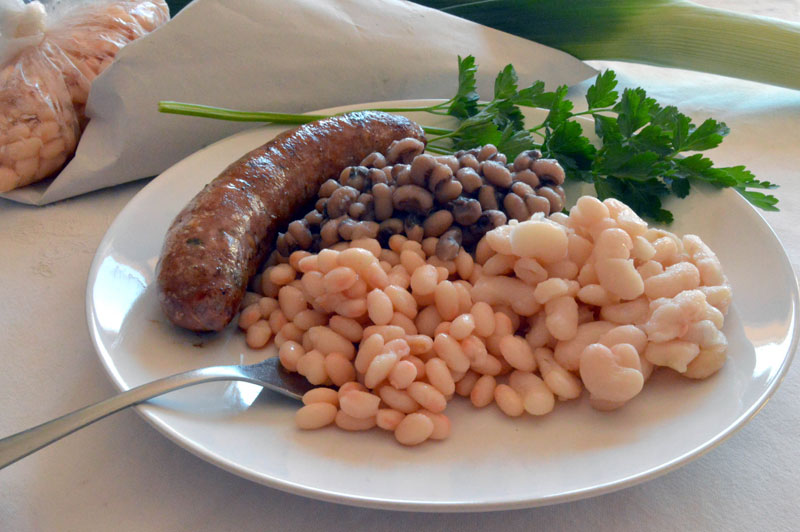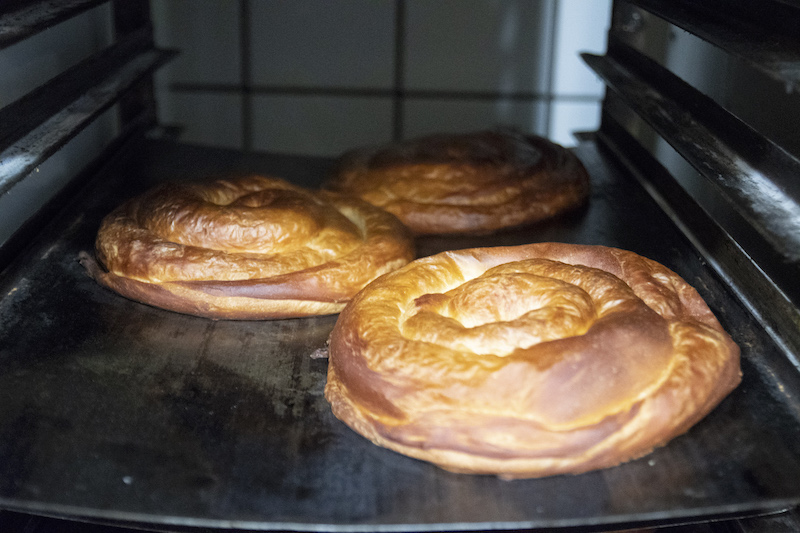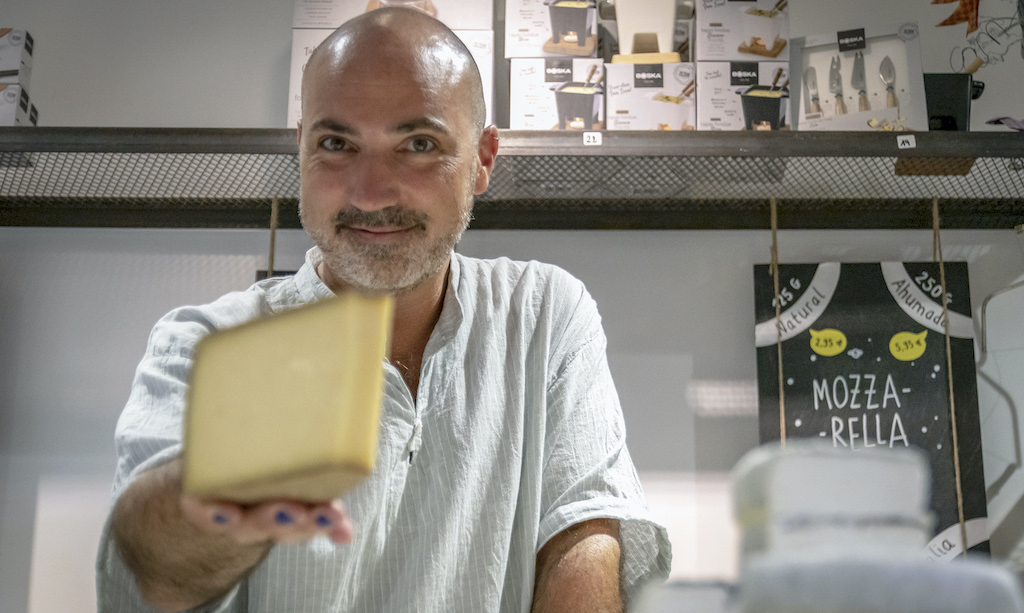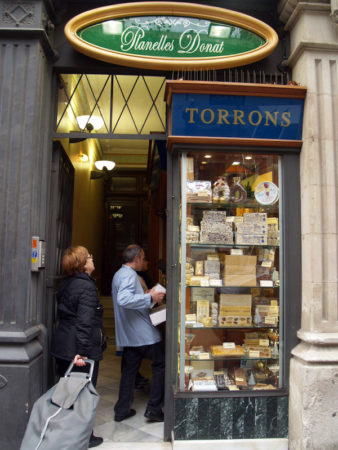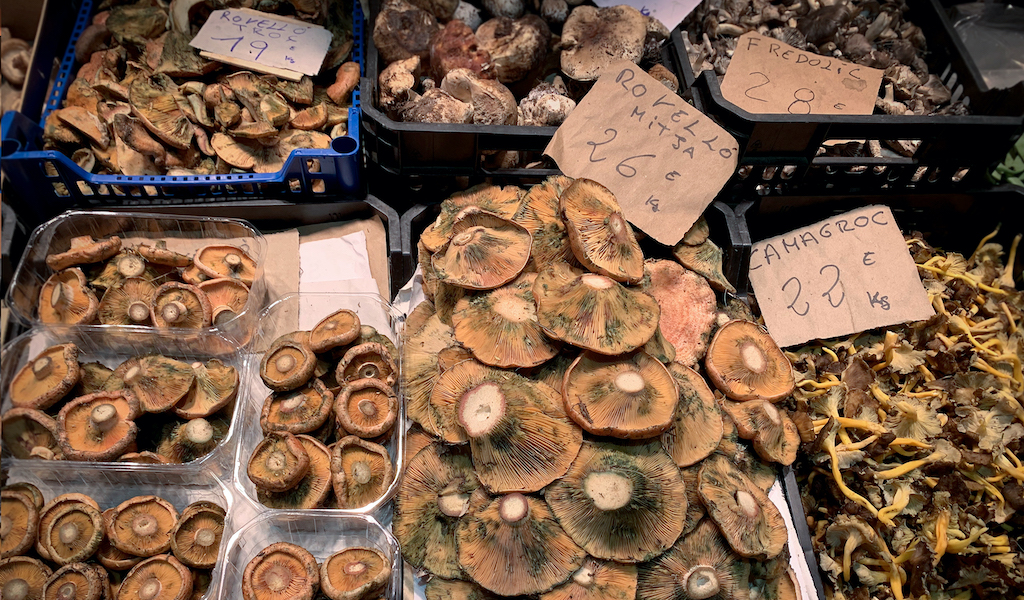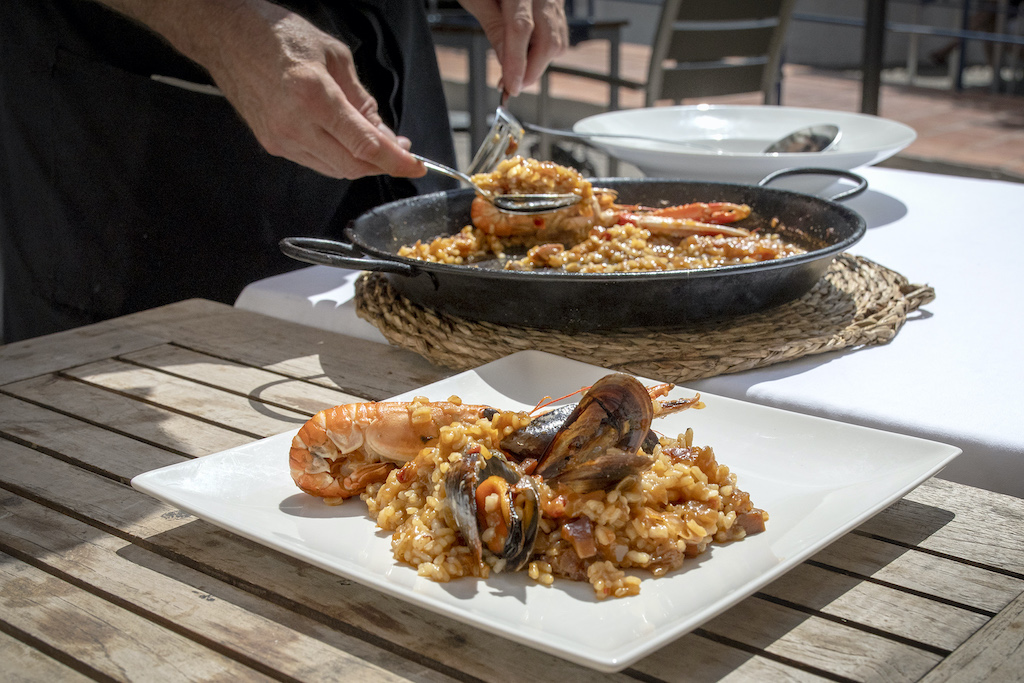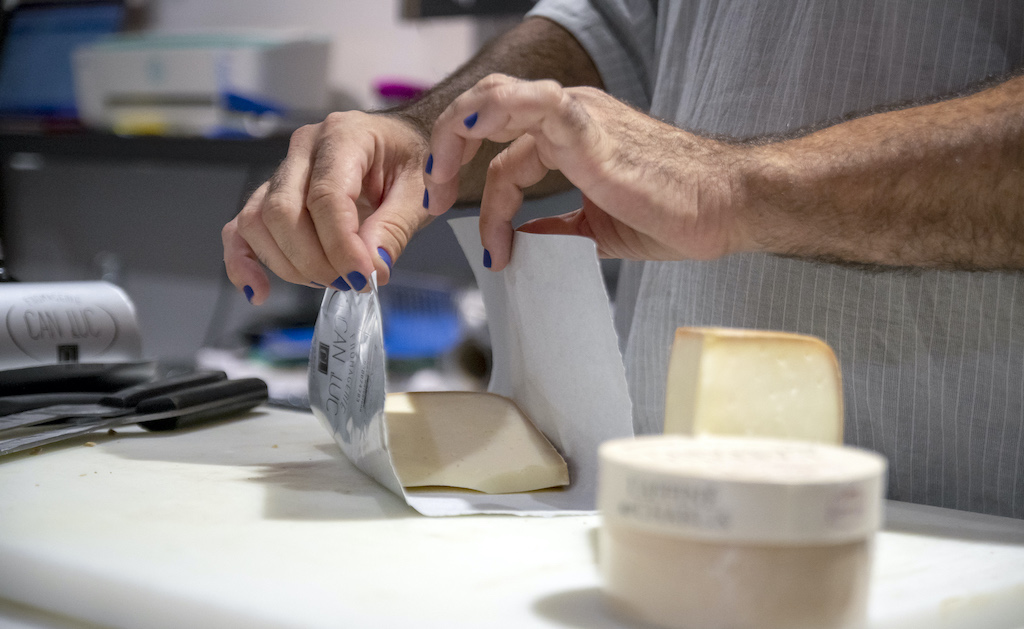We can't find the internet
Attempting to reconnect
Something went wrong!
Hang in there while we get back on track
Search results for "Paula Mourenza"
Barcelona
Bean Week: Catalonia's Many-Splendored Beans
Known in Catalan as mongetes – “little nuns,” as Catalonia’s oldest kind of beans resemble the pale face of a nun in her black habit – or fesols, from the Latin phaseolus, beans are an integral part of the region’s culinary traditions. If Catalan home cooking could be represented by a single dish, it would be butifarra amb mongetes, peppery pork sausage which is either grilled or fried and served with a little mountain of delicious beans: simple, filling and soul-warming. But in Catalonia the number of dishes made with legumes is infinite. In fact, many local restaurants offer a choice of beans or potatoes to go with all manner of seafood or meat preparations, from chicken to pork or veal, or from cod to squid or sardines.
Read moreBarcelona
Formentor: Spiral Tradition
The Catalan ensaïmada is more than just a pastry – the sweet, spiral-shaped bread covered in powdered sugar serves as a direct link to the ancient Sephardic Jewish history of Spain and, more specifically, the Balearic Island of Mallorca (Majorca, in English). Despite the Jewish connection, the name of the pastry actually comes from the Catalan word for lard, saïm, and literally means “mixed with lard.” According to recent research conducted by the Majorcan pastry chef and culinary anthropologist Tomeu Arbona, ensaïmadas are Christianized relatives of an ancient Jewish bread baked on the island, similar to braided challah.
Read moreBarcelona
Best Bites 2022: Barcelona
After two quiet years in Barcelona’s culinary scene due to the pandemic, it felt like in 2022 a storm of energy was released to shake up the city. On the more mainstream side, we saw bright re-launchings such as Teatro, a reincarnation (with new owners) of the Adriá-Iglesias brothers’ famous Tickets, and the resurrection of Albert Adrià’s Enigma after being closed for 27 months. There was also lots of movement in smaller neighborhood kitchens as local chefs fought heroically to adapt and survive, resulting in creative new partnerships like that of Bodega d’en Rafel and Celler Florida, or the forthcoming project at Mercat de la Llibertat from Alexis Peñalber of La Pubilla.
Read moreBarcelona
Turrón: Have Yourself a Chewy Little Christmas
Typically eaten at Christmastime in Spain, turrón (a type of nougat) originated centuries ago. Some historians believe it was a sweet paste with nuts eaten by athletes in ancient Rome, while others trace its origins to a more elaborate medieval Arab delicacy that combined various toasted nuts with spices and honey. First documented in Spanish by an Arab physician writing in 11th- century Andalusia, “turun” may have been introduced to the Iberian Peninsula by Arabs or Jews from North Africa during the period of al-Andalus. Either way, by the 16th century, the Spanish aristocracy was crazy about turrón, and its popularity eventually spread to all social classes and to other parts of Europe. Over time, this sweet with ancient culinary roots was further refined, becoming Spain’s most popular Christmas treat.
Read moreBarcelona
Pure Magic: Catalonia’s Mushroom Season
Mushroom hunting has an irresistible, magical pull. Composer John Cage, an avid mushroom collector, found them an integral part of his creative process, once writing: “Much can be learned about music by devoting oneself to the mushroom.” Every fall, thousands of Catalans likewise find themselves under the mushroom’s spell, following the elusive fungus’s silent melody into the woods, a rustic wicker basket in one hand and – more and more these days – a GPS-enabled smartphone in the other. This practice is an old tradition in Catalonia that begins in the forest and ends at the dinner table. Nowadays, the tradition has become a hugely popular pastime for aficionados, called boletaires in Catalan.
Read moreBarcelona
El Racó del Peix: Market Marisquería
Horta, which means “vegetable garden,” is an old neighborhood in the hills of Barcelona. When it was still a vilage, it was known for its many water streams and resulting farms and vegetables. It is very close to Collserola Natural Park, a large green space in the northern part of the city. From the top of this park, you can enjoy incredible views of the city, and behind its skyline, the sea, far in the distance. But you don’t have to go far for great fish and seafood dishes. Horta’s authentic fish corner, El Racó del Peix, is the neighborhood go-to for amazing dishes direct from the market. Arturo Garzón and María José Millán are partners in both life and business, each with a long history in the market of Montserrat in the Nou Barris neighborhood. There, Arturo’s family has owned a fruit and vegetable stall for three generations.
Read moreBarcelona
Fromagerie Can Luc: Cheese Therapy
The quick trip to France for indulgences not found in Spain is something of a tradition among the Catalan people. During the Francoist regime, many people used to drive to France to skip the dictator’s censorship and wait in long lines in the Perpignan cinemas to see classics of erotic cinema of the time – like The Last Tango in Paris – or to get books and magazines forbidden in Spain. Nowadays, you’d still be hard-pressed to find a Catalan who travels to southern France for the weekend and returns empty-handed, though now they’re like to bring back wine, an artisan pâté, or one of hundreds of wonderful French cheeses.
Read more